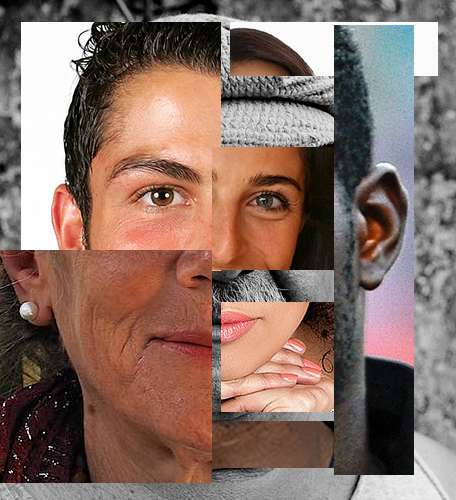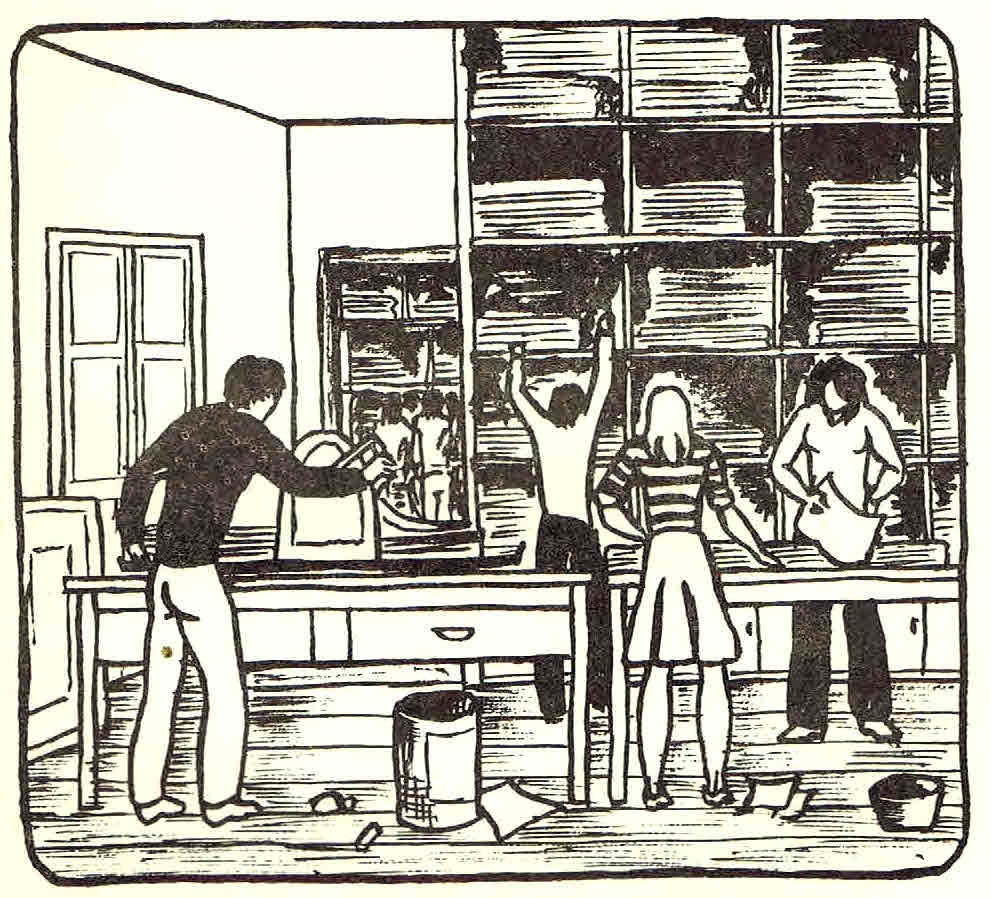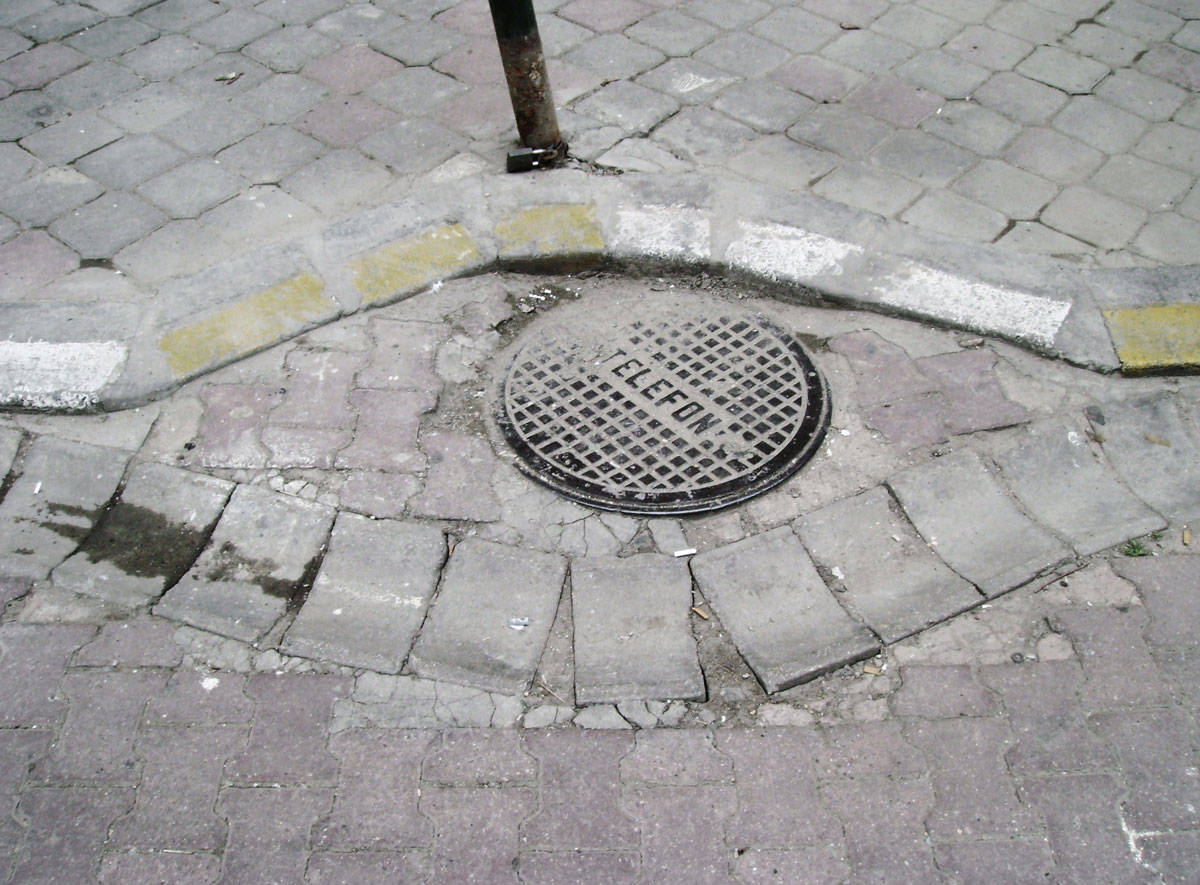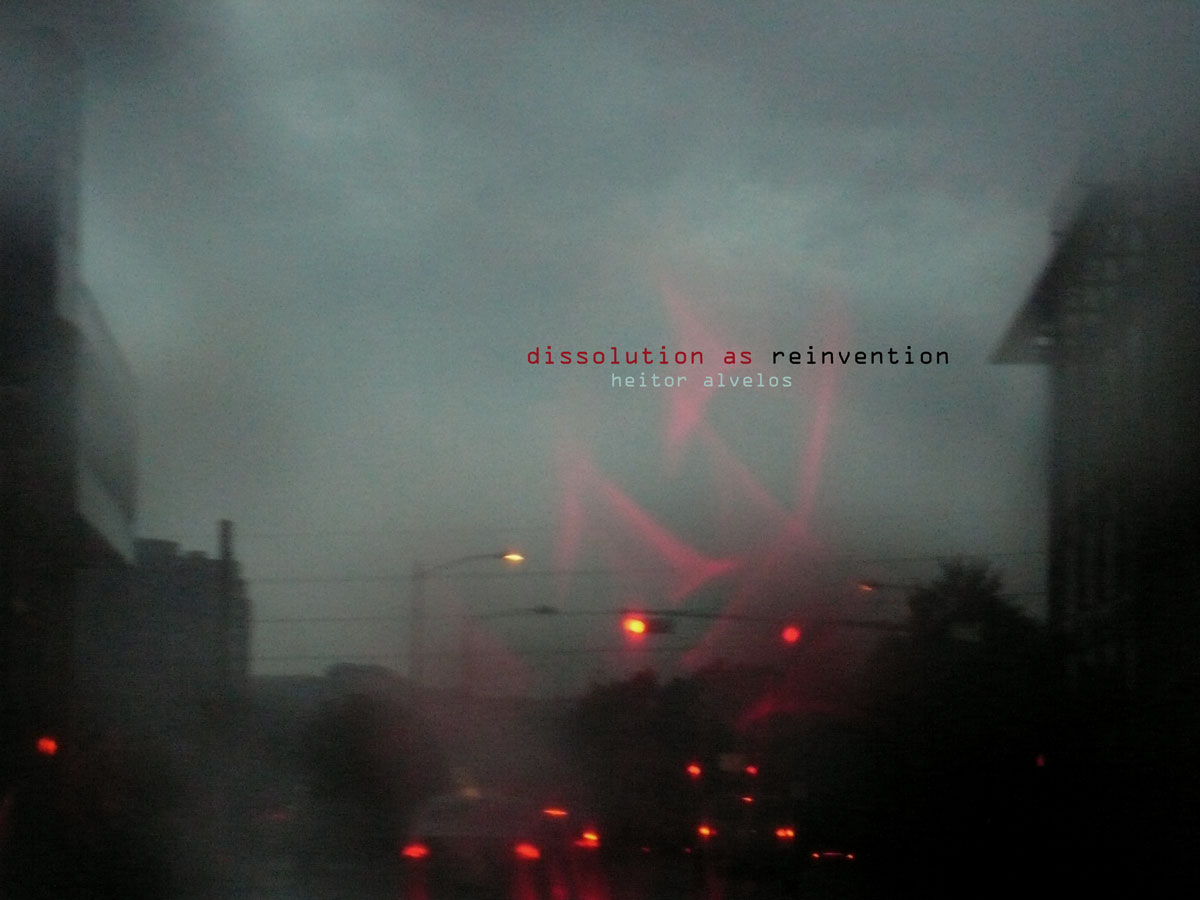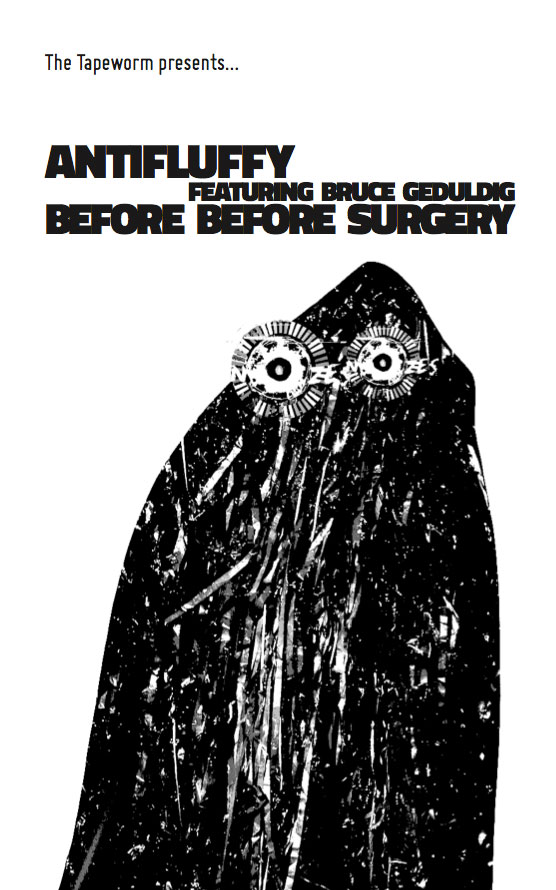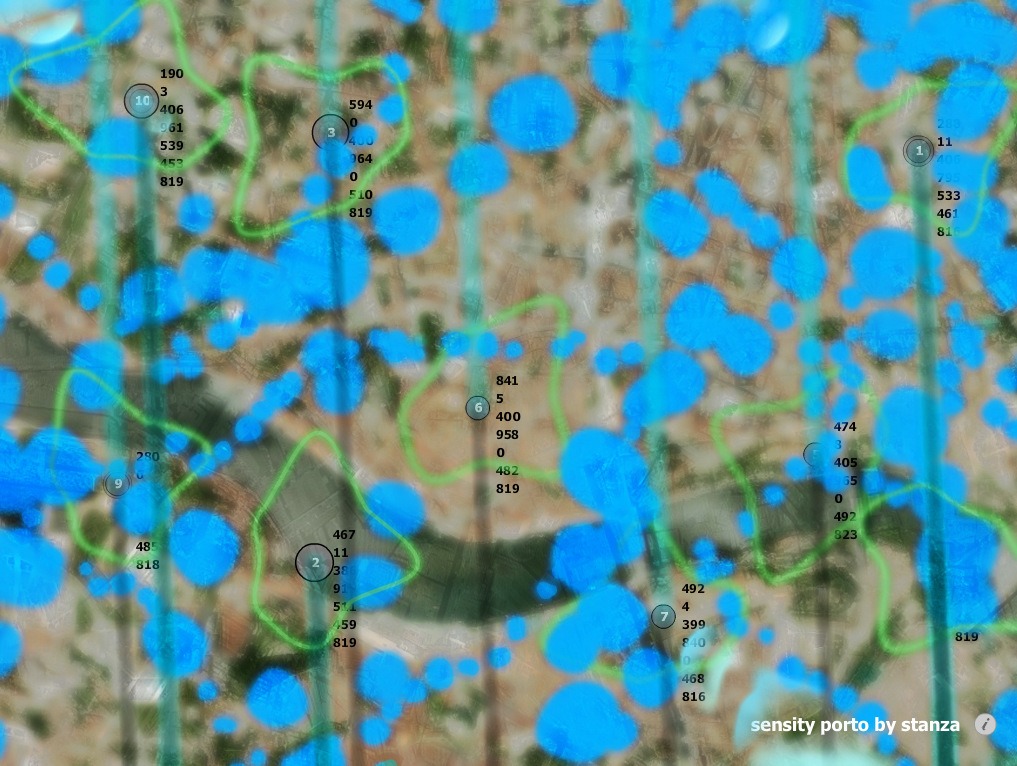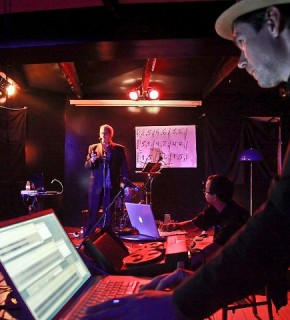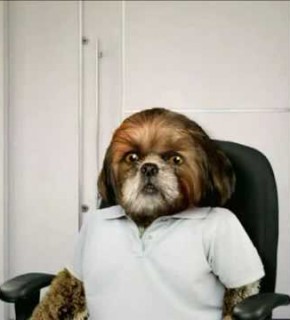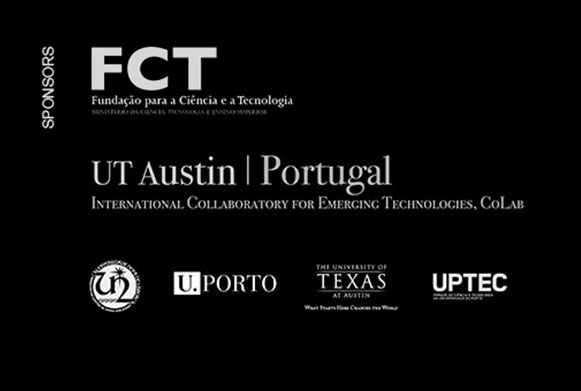
Sara Moreira (@saritamoreira)
«Code is not purely abstract and mathematical;it has significant social, political, and aesthetic dimensions.»10print.orgIn the aftermath of Analog Software.The workshop opened up a range of perceptions on the ubiquity of analog, physical evidence of software in the real world, and provided a few glimpses on how coding is, and can be, applied in unexpected ways.First we took the microscope to analyze and dissect what is “digital”. We identified the ultimate demodulation of analog electrical signals into processable binary digits, or bits, as coined by an eccentric guy on a unicycle, Claude Shannon, who also introduced the term “entropy” into information theory.In the Analog Software lab, we rolled the dice, took note of even or odd numbers in an abstraction of 0’s and 1’s, defined the rules of our language, and made different possible calculations – either by summing series of 2^x and then translating the result with an ASCII dictionary, or by applying a simple grammar of (un)coloured squares that lead to a random mosaic.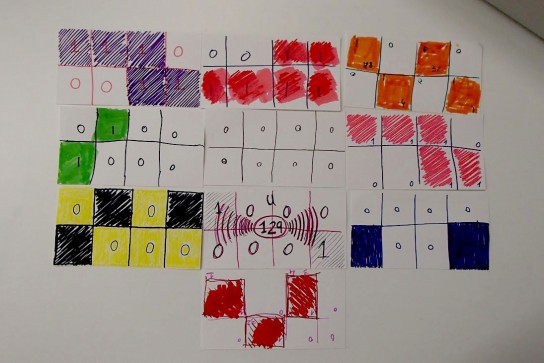 This is the raw material that makes up the basis of the powerful “universal machines” of today.Using different lenses, we saw that software is composed by algorithms that are no more than simple recipes or instructions.Taking on the Frugal Food Challenge, for instance, its formal description and action has flagrant similarities with the algorithmic process. If we were to program FruFoo as analog software, participants and ingredients would become our variables and the total utopian price the main restriction. Other restrictions and improvements could be added, such as vegetarian or gluten free food due to participants constraints, or prioritizing organic and local agriculture.(As with conventional food, the workshop reminded us that when dealing with code – as with recipes -, the “nutritional facts” and modes of production should not be ignored. After all, we’re talking about what feeds us – either through timelines of fast food news or via frugal community kitchens.)In the FruFoo daily loop, possible combinations for main course, desert and salad are calculated, depending on given variables and restrictions. Randomness occurs when someone drops by with a basket of fruit of the season. Testing the main course against George W. Hart’s “Incompatible Food Triad” – a puzzle that aims at finding three foods for which any pair tastes good, but not the three together – and hoping that the combination of ingredients fails the test, the final output of our software should be a delicious frugal meal.Hart, a researcher professor at the State University of New York, creates geometrical sculptures, computer images, toys and puzzles in order to help demystify maths (which can be useful too for people who want to lose fear of coding and thus participate in Analog Software Labs:).One of my favourite works of his is the Truncated Icosahedron CD Sculpture – an open source analog sculpture whose code (instructions), programmed in natural language, can be found at his website (.doc).
This is the raw material that makes up the basis of the powerful “universal machines” of today.Using different lenses, we saw that software is composed by algorithms that are no more than simple recipes or instructions.Taking on the Frugal Food Challenge, for instance, its formal description and action has flagrant similarities with the algorithmic process. If we were to program FruFoo as analog software, participants and ingredients would become our variables and the total utopian price the main restriction. Other restrictions and improvements could be added, such as vegetarian or gluten free food due to participants constraints, or prioritizing organic and local agriculture.(As with conventional food, the workshop reminded us that when dealing with code – as with recipes -, the “nutritional facts” and modes of production should not be ignored. After all, we’re talking about what feeds us – either through timelines of fast food news or via frugal community kitchens.)In the FruFoo daily loop, possible combinations for main course, desert and salad are calculated, depending on given variables and restrictions. Randomness occurs when someone drops by with a basket of fruit of the season. Testing the main course against George W. Hart’s “Incompatible Food Triad” – a puzzle that aims at finding three foods for which any pair tastes good, but not the three together – and hoping that the combination of ingredients fails the test, the final output of our software should be a delicious frugal meal.Hart, a researcher professor at the State University of New York, creates geometrical sculptures, computer images, toys and puzzles in order to help demystify maths (which can be useful too for people who want to lose fear of coding and thus participate in Analog Software Labs:).One of my favourite works of his is the Truncated Icosahedron CD Sculpture – an open source analog sculpture whose code (instructions), programmed in natural language, can be found at his website (.doc). CDs have been the main digital storage devices over a decade ago – as floppy disks before them – and today have become obsolete physical evidences of software that take space in our dusty, analog shelves.Hart’s algorithm for a CD sculpture seems to me a great excuse to once again bring together programmers, artists, researchers and amateurs for another edition of the Analog Software lab. It is not so much about the tactile, tangible object that we can build together out of ethereal code, but the meanings we are able to find and critically foster in the process. As we did in this first edition, with dice, chairs and papers, while discussing the social, political, and aesthetic dimensions of software that shape us and the world we live in.
CDs have been the main digital storage devices over a decade ago – as floppy disks before them – and today have become obsolete physical evidences of software that take space in our dusty, analog shelves.Hart’s algorithm for a CD sculpture seems to me a great excuse to once again bring together programmers, artists, researchers and amateurs for another edition of the Analog Software lab. It is not so much about the tactile, tangible object that we can build together out of ethereal code, but the meanings we are able to find and critically foster in the process. As we did in this first edition, with dice, chairs and papers, while discussing the social, political, and aesthetic dimensions of software that shape us and the world we live in.

